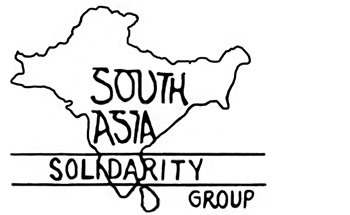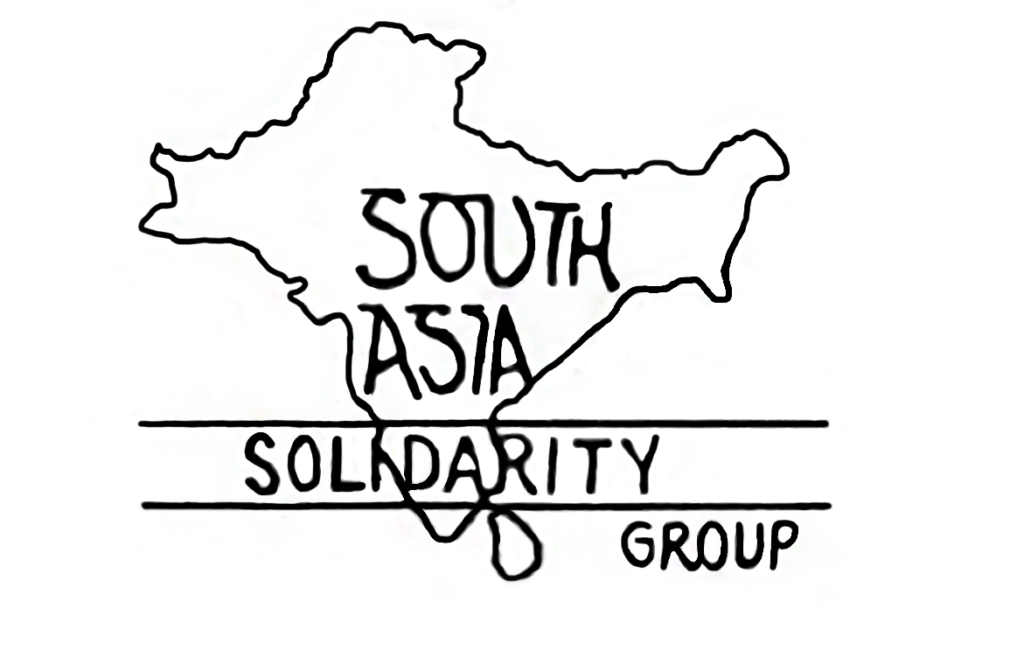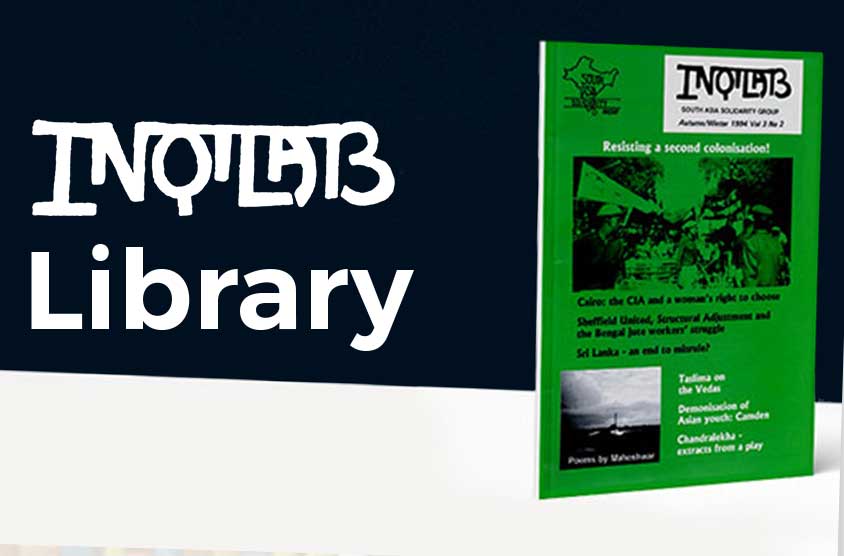- September 3, 2011
- Posted by: admin
- Category: News
The Anna agitation is directed by the kind of ‘civil societ y’ representatives and limited agenda characteristic of the current neoliberal version of social activism, but it reflects a much wider popular anger and the desire for a democratic transformation which the left must seize the opportunity to build upon.
y’ representatives and limited agenda characteristic of the current neoliberal version of social activism, but it reflects a much wider popular anger and the desire for a democratic transformation which the left must seize the opportunity to build upon.
Dipankar Bhattacharya
Typically, corruption in India has been known as the customary misuse or embezzlement of public funds by people holding public offices or the all-pervasive use of bribe to grease the ever greedy bureaucratic palm. But in recent years there has been a phenomenal increase in the incidence and scale of corruption thanks to the neo-liberal policies of all-out privatisation and corporatization. Corruption today revolves increasingly around the paradigm of public-private partnership. It is the give-and-take economics that fuels the growing business-politics nexus and the state-driven campaign to transfer more and more natural resources – land, forest, water, minerals, oil and natural gas, air waves, virtually anything and everything – to private corporations, ‘national’ or transnational. From small-time misuse of public funds under the protective umbrella of the state, corruption has thus grown into a key method of accumulation of wealth or conversion of public funds, actual or potential, into private assets.
While incumbent governments have been defeated in elections on the issue of corruption (the defeat of the Rajiv Gandhi led Congress in the 1989 elections in the wake of the Bofors bribery scam being perhaps the most prominent example) and scam-tainted ministers have had to resign or have even had to spend brief periods in jail, the system has been notoriously lax in dealing with corruption cases, virtually granting the corrupt a high degree of impunity. The idea of an overarching ‘Lok Pal’ (an ombudsman of sorts) legislation to deal with corruption charges against government officials has been mooted repeatedly – a bill to this effect had in fact been introduced in Parliament as many as eight times since 1968. The last time the bill was introduced was in 2001 during the second NDA government.
A decade and dozens of huge scams later, the Anna Hazare campaign has succeeded in reviving the Lok Pal agenda. The campaign began late last year with the advocacy of a Jan Lok Pal and gathered momentum since April when Anna Hazare undertook his first fast. That succeeded in compelling the UPA government to form a joint drafting committee with equal participation of members nominated by Anna Hazare as by the government. The second phase of the agitation began in August after the joint drafting panel had hit a deadlock and the government unilaterally went ahead with a farcical Lok Pal bill. That, coupled with the detention of Anna on 16 August morning and the initial refusal to allow him to hold a fast, set the stage for massive countrywide protests. The protests pushed the government on to the back foot – it was forced to allow Anna to hold his fast at Ramlila Maidan and eventually it had to adopt a resolution in both houses of Parliament endorsing three key points raised by Anna and his colleagues leading to the ‘suspension’ of Anna’s fast.
The battle for ‘Lok Pal’ is certainly not over yet. A final push may still be necessary to make sure that the bill is not dumped once again and is really made into law. Even as the UPA version of the Lok Pal has been thoroughly discredited and effectively rejected by the people, there are still debates about the nature of the Lok Pal that India should have. Concerns have been expressed over various aspects of the Jan Lok Pal bill proposed by Anna and his colleagues and a democratic resolution is necessary to ensure that the institution being legislated is not only powerful and effective, but also accessible and accountable, inclusive and transparent. But beyond the contours and content of Lok Pal, the battle has already grown into a bigger battle for ‘Loktantra’ or democracy. Spokesmen for the government and ideologues obsessed with the idea of ‘supremacy of parliament’ tried their best to project the Jan Lok Pal agitation as a threat to democracy, as a sign of mobocracy trying to overshadow the legislative process. The victory of the agitation is therefore certainly not limited to the prospect of an effective anti-corruption legislation, but more importantly it has vindicated the need for and the power of popular awakening and assertion in India’s parliamentary democracy in the face of growing corporate subversion and state repression.
Much is being discussed about the nature of the Anna agitation. Surely there can be no ready comparison of this phenomenon with previous major instances of anti-corruption movement or popular upheavals in the last few decades (like the 1974 movement led by Jay Prakash Narayan, or for that matter the late 1980s agitation against the Rajiv Gandhi government over the Bofors bribery case). The Anna agitation is directed by the kind of ‘civil society’ representatives and limited agenda characteristic of the mode of social activism preferred by neoliberalism, but it reflects a much wider popular anger and the desire for a democratic transformation. The agitation is marked by a lot of apolitical and even anti-political rhetoric, which is not surprising given that most dominant parties have zero credibility on the issue of fighting corruption. While the Congress and the BJP are seen to be drowned neck-deep in corruption, most non-Congress non-BJP parties ruling in different states are also equally complicit in promoting corruption and corporate plunder. The popular anti-corruption mood therefore has a strong contempt for the dominant varieties of politics and politicians. Yet thanks to the high degree of popular participation and the patently political nature of the very issue of corruption, the Anna agitation could not be more different from the routine type of NGO-led advocacy.
This is not to disregard the strong right-wing, communal and elitist tendencies which are present within the Anna agitation. While the Anna platform officially maintains a non-political or neutral appearance, Anna’s remarks lauding Narendra Modi in the sphere of rural development (subsequently withdrawn in the face of considerable public criticism) and the elitist disdain shown by many of his camp-followers towards the role of the ordinary people in India’s existing democratic processes have rightly evoked a good deal of concern in progressive democratic circles. The communal rightwing camp led by the RSS and its cohorts initially seemed to be leaning more in favour of the campaign launched by Baba Ramdev focusing on the issue of repatriation of Indian black money stashed away in foreign banks. But with the Ramdev campaign ending in a hugely discredited failure in June, the RSS has since started throwing its entire weight behind the Anna agitation. No less problematic is the support extended by many corporate houses and the overwhelming backing of the big corporate media. It should be noted that while the proposed Lok Pal seeks to fix the accountability of the government (the demand for bringing the Prime Minister, the Members of Parliament and the judiciary within the ambit of the Lok Pal have still not been conceded by the government though) in corruption cases, it is almost silent on the issue of corporate corruption.
Where does the anti-corruption movement go from here? As the UPA government and Team Anna try to sort out the nitty-gritty of the Lok Pal bill, and the RSS and the BJP-NDA seek to ride piggyback on the agitation in anticipation of the electoral dividends that may accrue in the next Lok Sabha elections due in early 2014, it is important for the Left and all other forces involved in struggles against corporate loot and for people’s democratic rights to carry the movement forward beyond the confines of Lok Pal to the bigger goal of stopping the state-corporate invasion of the resources and rights of the people. While critiquing the Anna agitation, it is essential for the forces of radical social transformation to build on the energy unleashed, confidence generated and possibilities opened up by the prevailing anti-corruption anger of the people.
Dipankar Bhattacharya the general secretary of the Communist Party of India (Marxist Leninist)


